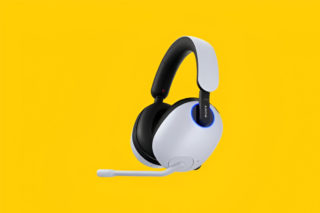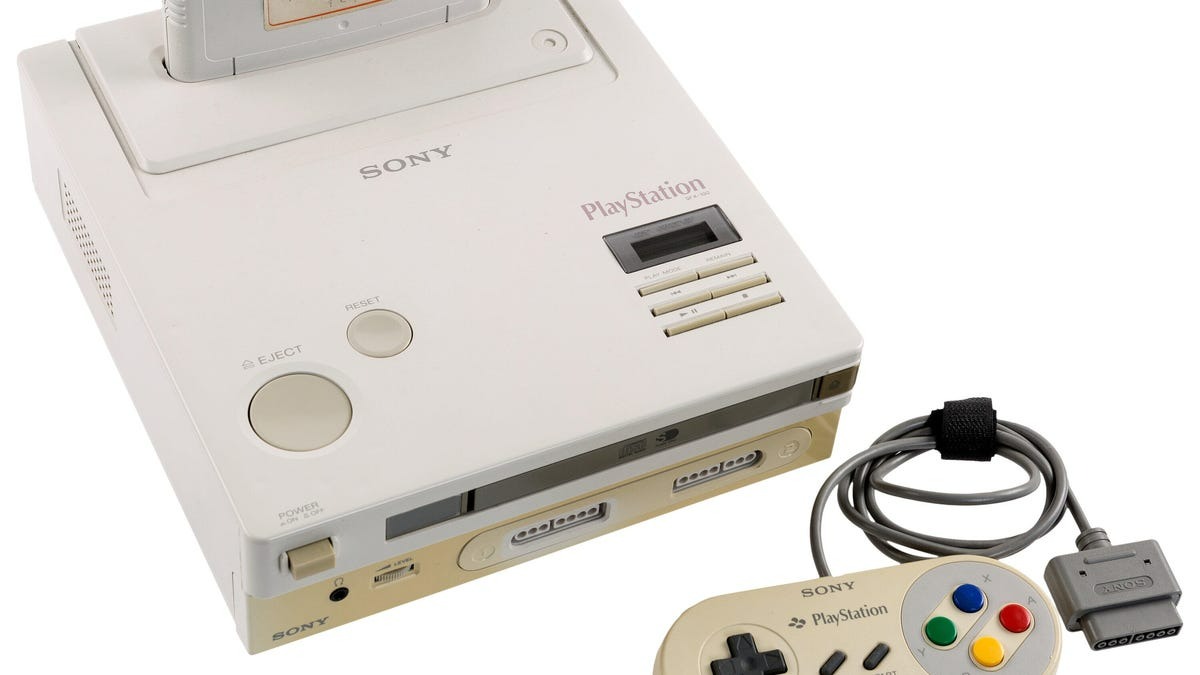Recovery just got a Cybertruck makeover. Nike and Hyperice dropped their $900 Hyperboot in May 2025, promising heat and compression tech that transforms your feet into premium wellness stations. These chunky recovery shoes target everyone from Olympic sprinters to weekend warriors willing to drop serious cash on their post-workout routine.
Breaking Down the Tech
Compression boots like the Hyperboot build on technology pioneered by hospital-grade devices and consumer products such as the Normatec 3 recovery system, which also uses air compression to enhance circulation and muscle recovery. Meanwhile, both systems allow users to customize pressure levels and session lengths, but the Hyperboot adds targeted heat for a more massage-like experience.
Dual-air bladders work with warming elements throughout the upper. In turn, your feet get targeted compression that mimics professional massage therapy. Additionally, three levels of heat and compression let you customize everything through buttons on the boots or the Hyperice app.
Scientific backing remains shaky. However, a 2020 study found no real benefits from compression boots compared to regular recovery. Furthermore, another analysis showed only minor effects on muscle soreness. Walking might deliver the same results for free.
Real Performance Testing
Users consistently feel lighter and refreshed after sessions. Subsequently, feet and ankles feel ready for activity, whether you’re warming up or cooling down. Overall, the boots deliver exactly what they promise—targeted relief that genuinely feels good.
The Hyperboot’s quick setup and USB-C charging make it as convenient as camping gadgets designed to make the experience easier. Plus, the battery lasts 1.5 hours at max settings or 8 hours for massage only. In addition, sessions run 15-30 minutes while sitting, standing, or walking around.
Who Actually Needs These?
Elite athletes swear by them. Sha’Carri Richardson says, “I felt the difference right away—especially the impact on my training.” High-level competitors and those with serious recovery budgets will appreciate the cutting-edge technology.
Most people should skip them. Instead, weekend warriors and casual athletes can get more benefits with a foam roller, compression sleeves, and a stretching routine. Remarkably, that combo costs under $100 versus $900 for marginally better results.
Value depends entirely on your budget and optimization obsession. Ultimately, professional athletes chasing every advantage will find genuine benefits. Otherwise, everyone else should invest their money in better shoes, nutrition, or actual coaching. The Hyperboot succeeds at premium recovery but fails at practical value for typical users.






























